Waterproof Fabric Details
Waterproof/breathable fabrics resist liquid water passing through, but allow water vapour
to pass through. Their ability to block out rain and snow while
allowing vapour from sweat to evaporate leads to their use in rainwear,
waterproof outdoor sports clothing, tents, and other applications.Standard laboratory testing protocols define the performance of these fabrics. Water resistance is measured by the amount of water, in mm, which can be suspended above the fabric before water seeps through. Breathability or Moisture vapor transmission rate is measured by the rate at which water vapor passes through, in grams of water vapour per square meter of fabric per 24 hour period (g/m2/d), often abbreviated to just "g". In recent years some, but not all, sporting goods manufacturers have begun including this information on their product labels. Typical mid-range fabrics tend to have values of 5,000 mm of water resistance and 5,000 g of breathability; the best materials have 20,000 mm and 20,000 g.
One specific definition of "waterproof/breathable" requires the fabric to withstand over 1,000 millimetres of water (9.8 kPa) pressure without leaking
Waterproof Fabric
Waterproof Fabric
Waterproof Fabric
Waterproof Fabric
Waterproof Fabric
Waterproof Fabric
Waterproof Fabric
Waterproof Fabric
Waterproof Fabric
Waterproof Fabric
Waterproof Fabric
Waterproof Fabric
Waterproof Fabric
Waterproof Fabric
Waterproof Fabric
Waterproof Fabric
Waterproof Fabric
Waterproof Fabric
Waterproof Fabric
Waterproof Fabric





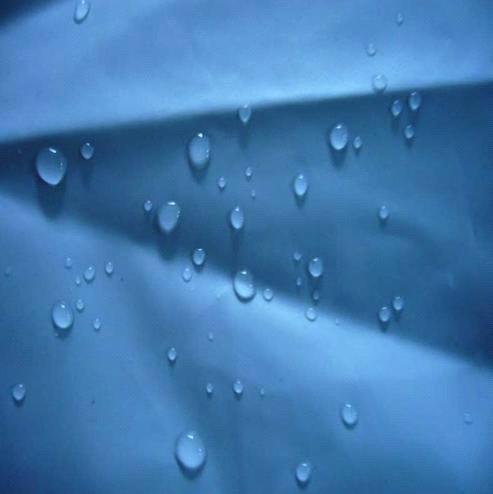

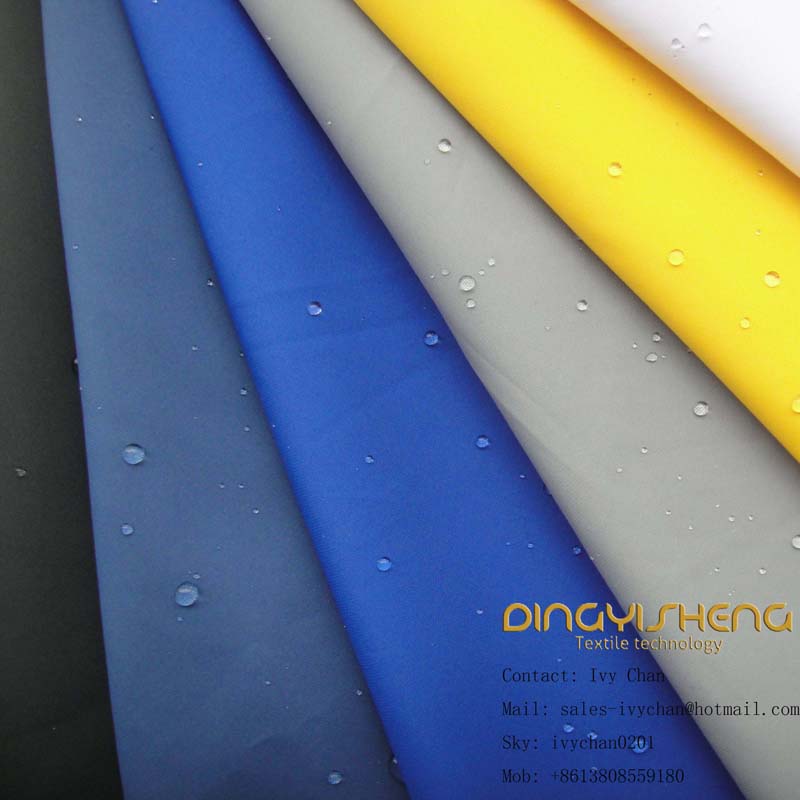



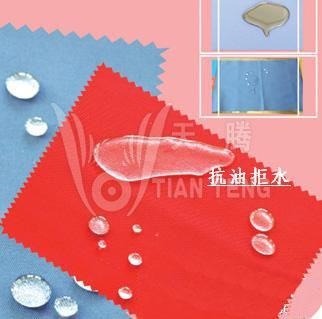

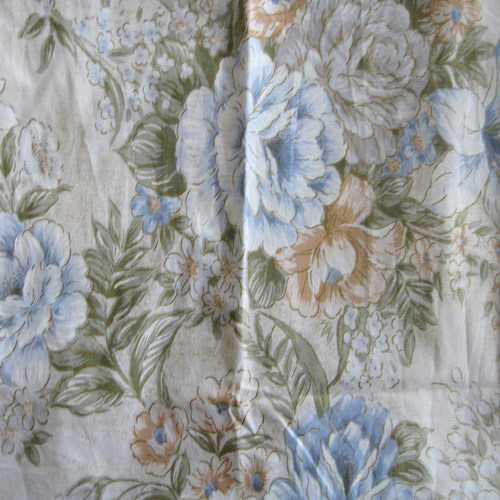
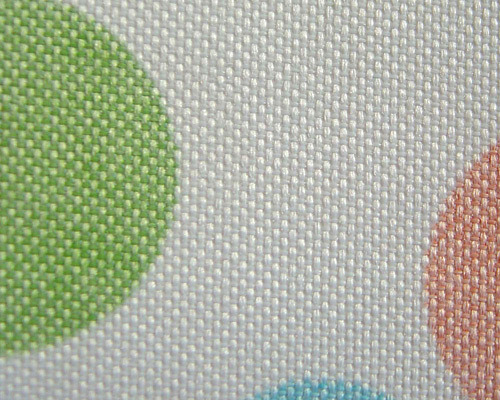




No comments:
Post a Comment